Variety of Birds
Some birds can be spotted on the property if you are a bird lover and list goes from Black chested buzzard Eagle, Back head vulture, Variable hawk, American Kestrel, to the amazing Western Emerald…
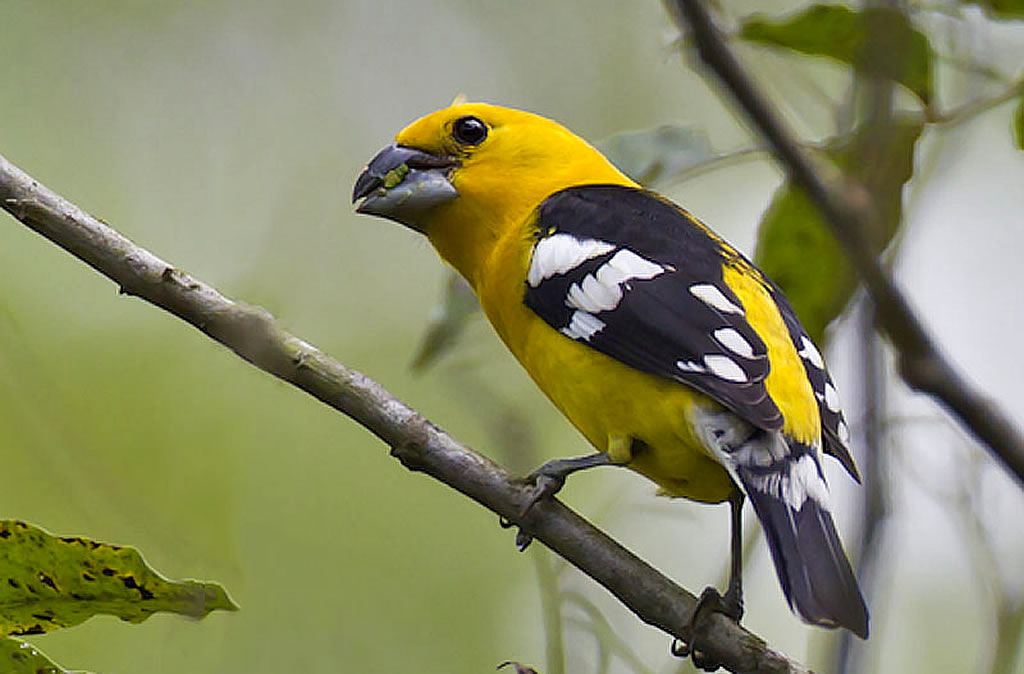
-
Southern Yellow Grosbeak
Alternatively known as the Southern Yellow Grosbeak, in reference to its former unification with the Yellow Grosbeak (Pheucticus chrysopeplus) of Middle America, the Golden-bellied Grosbeak is found only in South America, where it ranges discontinuously from northeast Venezuela to southernmost Peru. It overlaps in range with another ‘golden-bellied’ grosbeak, the Black-backed Grosbeak (Pheucticus aureoventris), which in contrast has a largely or entirely black head, according to sex. The Golden-bellied Grosbeak is usually a relatively abundant inhabitant of semi-open habitats, including forest borders, cultivated areas with trees, and scrub, and it occurs to 3000 m.
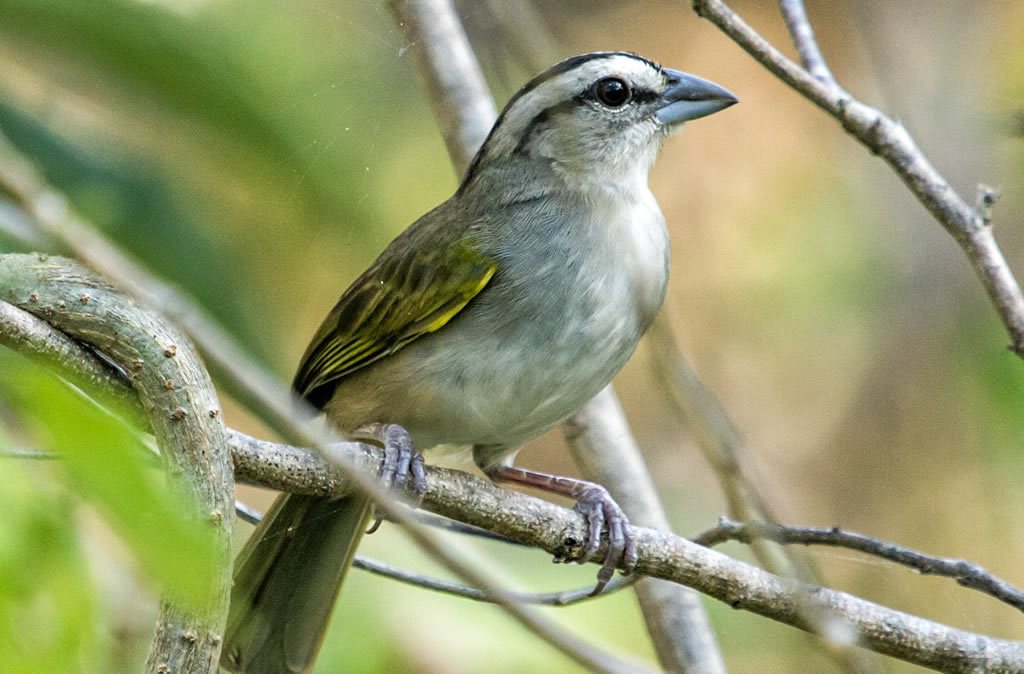
-
Tropical Mockingbird
The Tropical Mockingbird is the neotropical counterpart to the Northern Mockingbird (Mimus polyglottus), replacing Northern Mockingbird south of the Isthmus of Tehuantepec. The two species are similar in appearance, but Tropical Mockingbird has less white in the wings, lacking the white primary coverts and white bases to the primaries of Northern Mockingbird. The distribution of this species is discontinuous. The original range was southern Mexico south to Honduras, and again in northern South America, but with a gap from central Honduras south to Colombia. In the 1930s, however, an introduced population was discovered in central Panama.
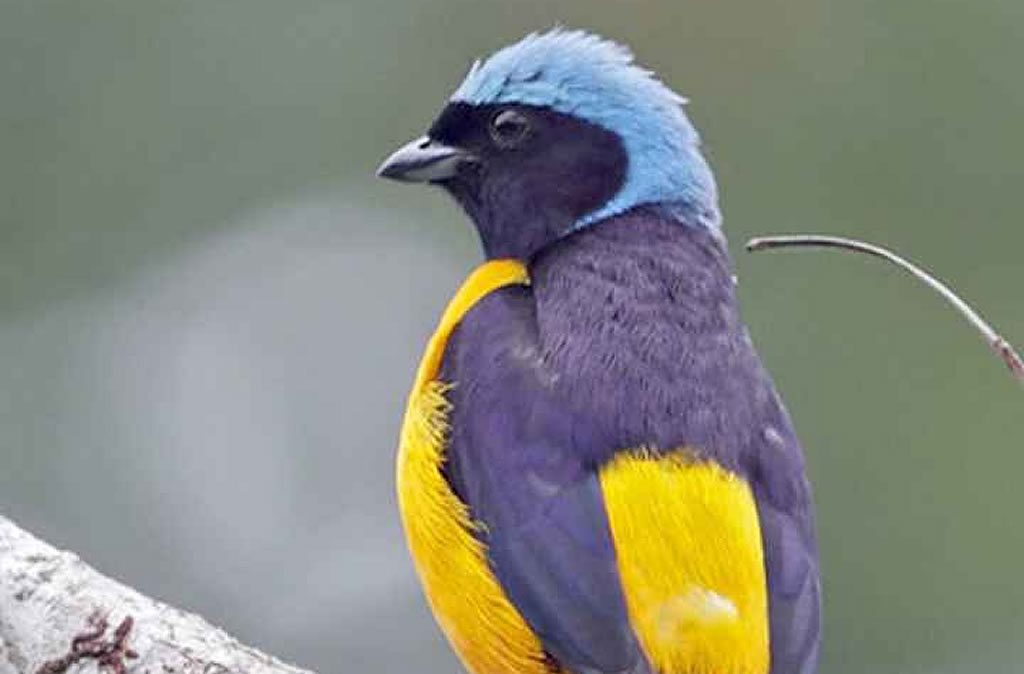
-
Eufonia Lomidorada
Its scientific name comes from the Greek euphonia = excellence, and kuanos = dark blue, and khephalos = head. Both males and females are undistinguishable with an intense blue turquoise head and neck. This species is found between 1,200 and 2,800 meters above sea level in the montane forest of Northwestern Quito, in clear areas and sometimes in parks and gardens, searching for insects and fruits, particularly mistletoe berries. It can be found in pairs or small groups.
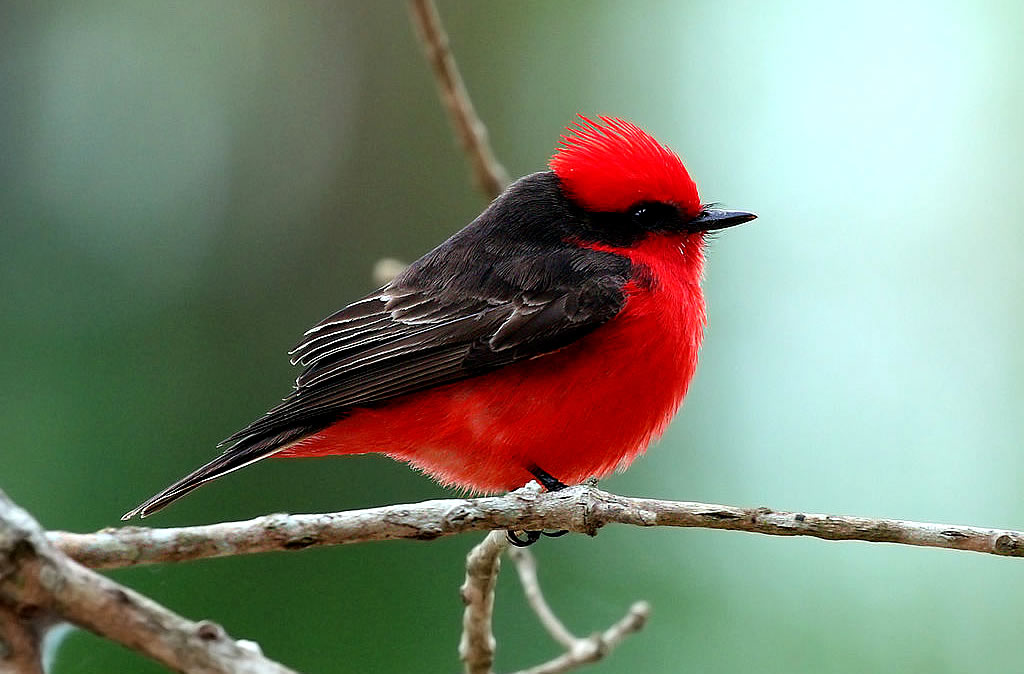
-
Vermilion Flycatcher
The Vermilion Flycatcher is a vibrantly colored inhabitant of open woodland and pastureland from the American Southwest to south to central Argentina. Male Vermilion Flycatchers have a bushy brilliant red crown and underparts, and a slate black mask, upperparts and tail. Females differ greatly in plumage from males, with a grayish-brown crown and upperparts, dark lores, a whitish supercilium, and white breast and underparts with fine gray streaks. In central Peru, especially within the city of Lima, there is an unusual local dusky color morph, that occurs in both sexes; this dusky morph exists alongside Vermilion Flycatchers with the standard plumage.
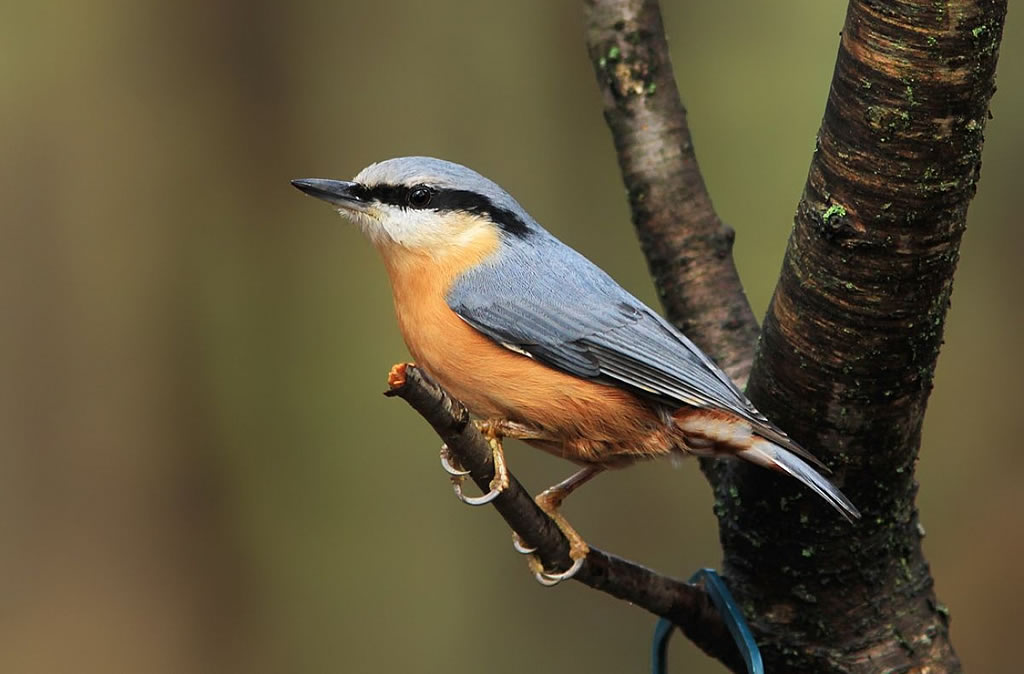
-
Rusty Flowerpiercer
Rusty Flowerpiercer is a small tanager of South American mountains. The species is found in forest, edge habitat, and gardens between 1500 and 3000 meters from the coastal mountains of Venezuela south along the Andes to northern Argentina. Males are dark blue gray above and rusty orange below with a narrow black face mask. Females are olive above and whitish below with fine brown streaks. As is typical of flowerpiercers, this bill of this species has an upswept bill with a finely hooked tip, with which it punctures the bases of flowers for the purpose of feeding on nectar.
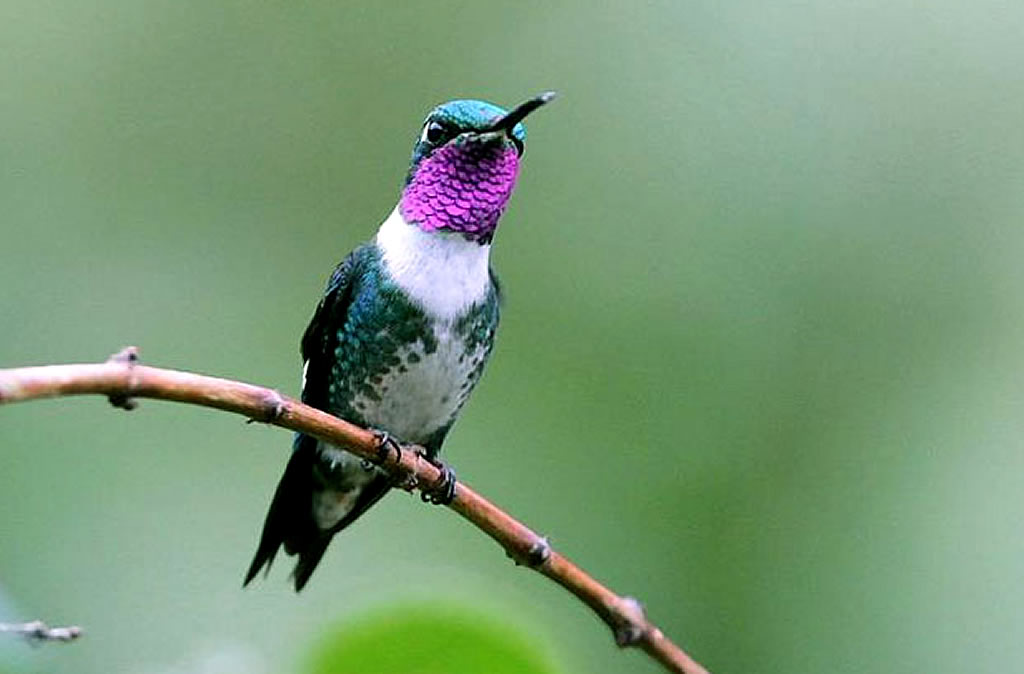
-
White Bellied Woodstar
Edges of humid forests, pastures, and cultivated areas with trees are all home to these small hummingbirds. White-bellied Woodstars fly slowly like bumblebees and can consequently sneak nectar from the territories of other hummingbirds. They search for flowers at all levels and frequently perch high out in the open. Although they tend to forage by themselves, these woodstars sometimes join other hummingbirds in flowering trees. Both sexes have large white flank patches, and a light stripe behind the eye. Males have a wide white chest band, while females are buffy on their upper underparts.
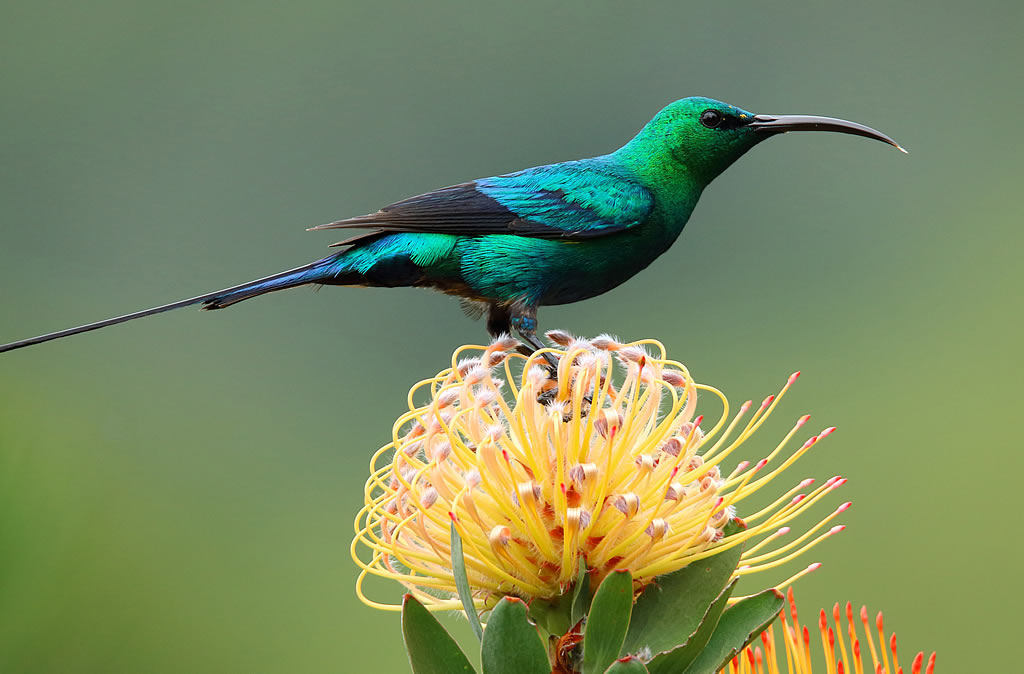
-
Green Emerald Bird
Green-tailed Emeralds are endemic to Venezuela and while seasonally common, they tend to have irregular population movements. The male is similar to the Blue-tailed Emerald (Chlorostilbon mellisugus), but has a green tail. Both sexes are very difficult to distinguish from Narrow-tailed Emeralds (Chlorostilbon stenura). Green-tailed Emeralds are most common at lower elevations where they are found along the edge of humid forests, in gardens, or in cultivated areas. At higher elevations, they also frequent the borders of humid woodlands. In both places, they prefer open areas and tend to forage at midlevel.
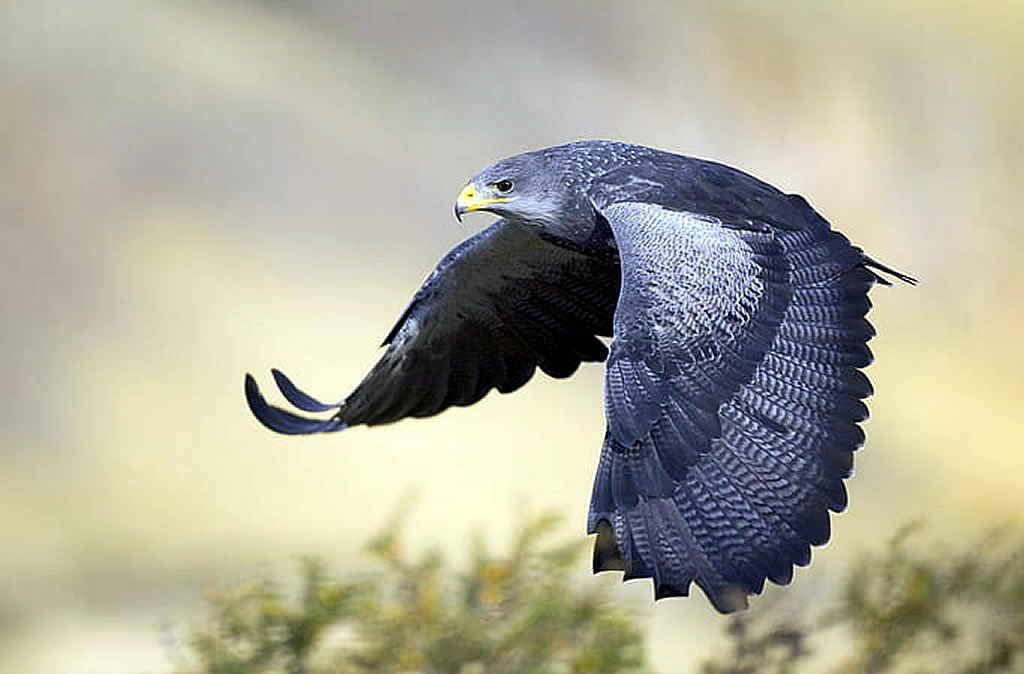
-
Black Chested Buzzard Eagle
Black-chested Buzzard-Eagle is one of the commoner large hawks in South American alpine steppe, mountains, grassy plains, and open woodland. It ranges in the Andes from northern Colombia south to the tip of Tierra del Fuego, and also is found in the pampas of Argentina north into the grassland ecosystems of southeast Brazil. Mammals account for almost 95% of its prey, which it searches for on the wing. The buzzard-eagle is particularly reliant on the introduced European Rabbit; in one study this animal alone accounted for 44% of its prey items and 82% of its biomass intake.
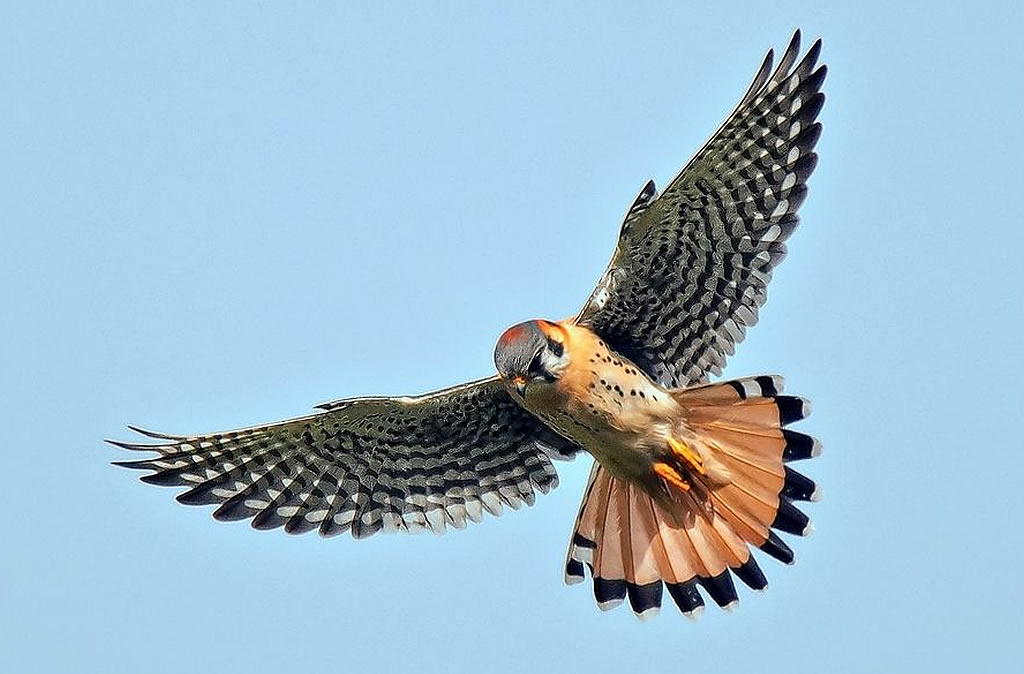
-
American Kestrel
The American Kestrel is a widespread, familiar small falcon of open country throughout the Americas. It is resident through much of the Neotropics, although it is absent from much of the Amazon basin, and in much of Mexico and Central America it is present only as nonbreeder during the northern winter. Kestrels occur in a wide array of open habitats including desert, grassland, savanna, scrub, agricultural land, and grassy marshes at all elevations. The male is orange on the back and tail, with blue gray wings, a blue gray cap, and black markings on the face and belly. The female is similar but lacks the blue gray color and is uniform orange above. The roughly seventeen subspecies differ slightly in plumage saturation and in size.
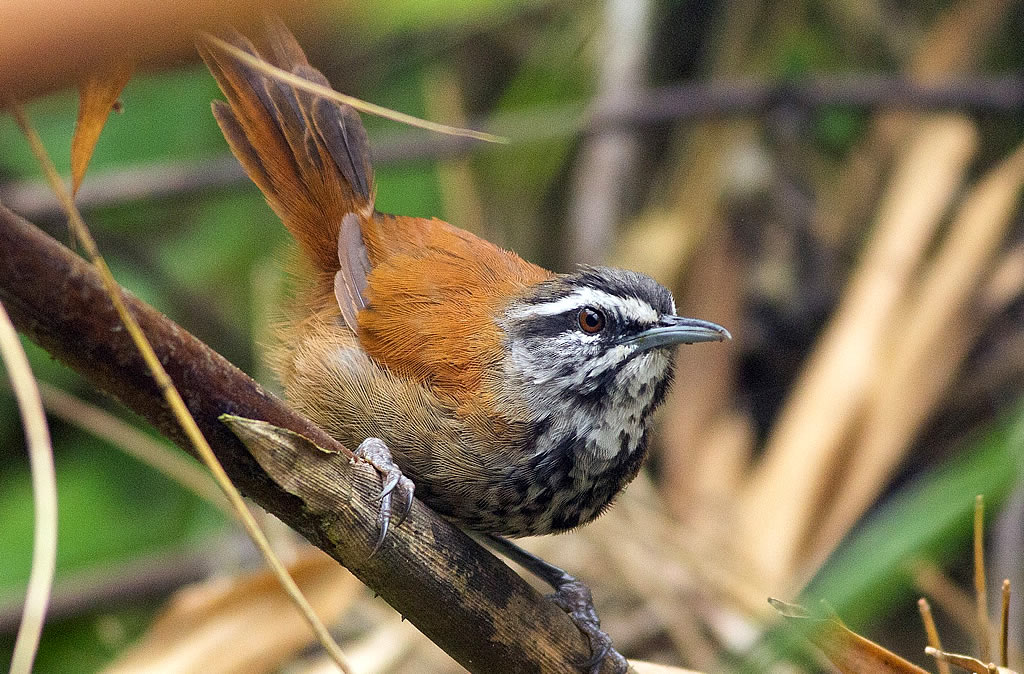
-
Azara's Spinetail
The Azara’s Spinetail is a distinctive voice of the montane Andes from western Venezuela and northwest Argentina, at elevations between 1500 and 3500 m, where it is generally fairly common. Some nine subspecies have been recognized over this wide range, and the species’ taxonomy is relatively complex, with some degree of leapfrog variation between pale and dark populations. The upperparts are generally brown, with a chestnut-brown crown, wings, and tail, a pale chin, blackish throat, and grayish underparts (but considerably paler in some subspecies). The Azara’s Spinetail occasionally joins mixed-species flocks, and is usually found at forest edges or in dense undergrowth in regenerating areas.
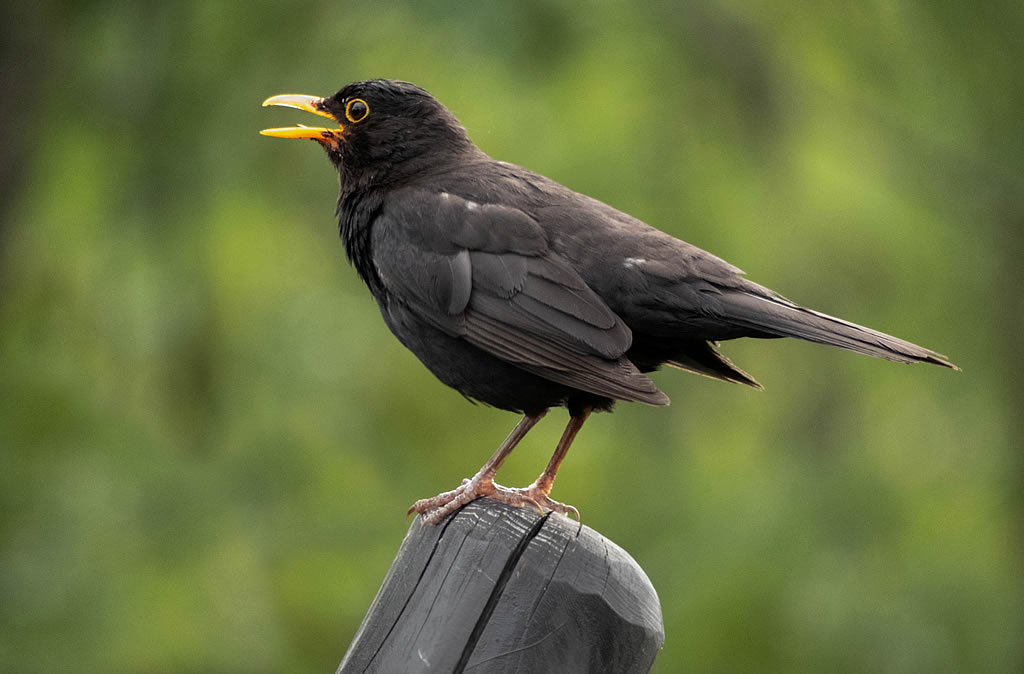
-
Great Thrush
The common name of this species is well-deserved: Great Thrush is the largest member of this cosmopolitan genus, with some subspecies reaching 175 g, twice the weight of the average species of Turdus thrush. Great Thrush is often the most common thrushs in humid Andean habitats, especially around human activity, above 2000 m from Venezuela south to western Bolivia. The seven subspecies are of slightly different size and color tone, but all are separable from other monotone Andean Turdus by their very large size and, in the male, by the conspicuous eyering. Great Thrush is most similar to Chiguanco Thrush (Turdus chiguanco), but in addition to previous field marks, the Great Thrush is darker and grayer, less brown, than Chiguanco Thrush.
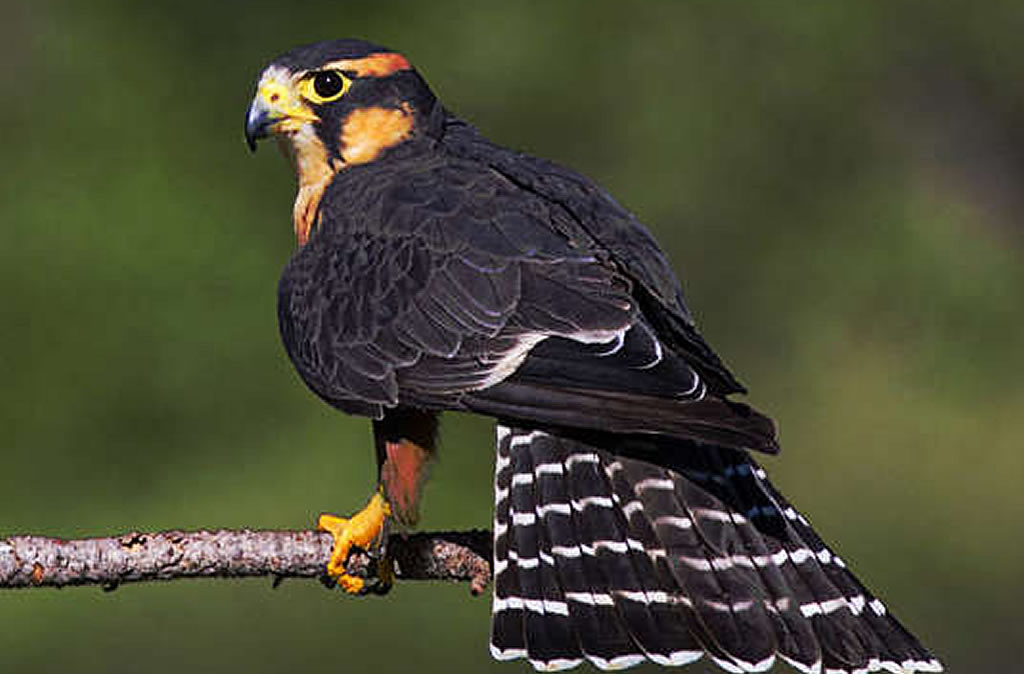
-
Aplomado Falcon
The term aplomado is Spanish and means “lead colored” referring to the dark blue-gray of the back of this handsome falcon. Below it is strongly patterned with a full dark vest contrasting with a paler breast and belly. The belly and vent is cinnamon in all forms, but the breast is whitish in North America – Central America, and cinnamon farther south in South America. All forms show a highly contrasting face with a bold pale supercilium, often whitish in front and cinnamon at back, a dark face stripe and moustache and pale cheeks. The Aplomado is a slim falcon with a long and strongly banded tail. It is a falcon of savanna, and grassland adjacent to shrubbery, in the north of the range including grassland adjacent to desert scrub.